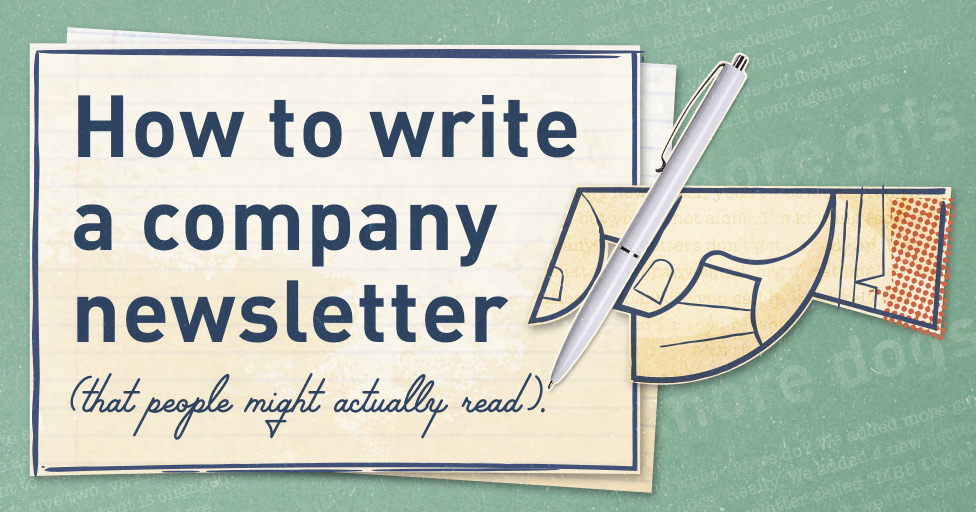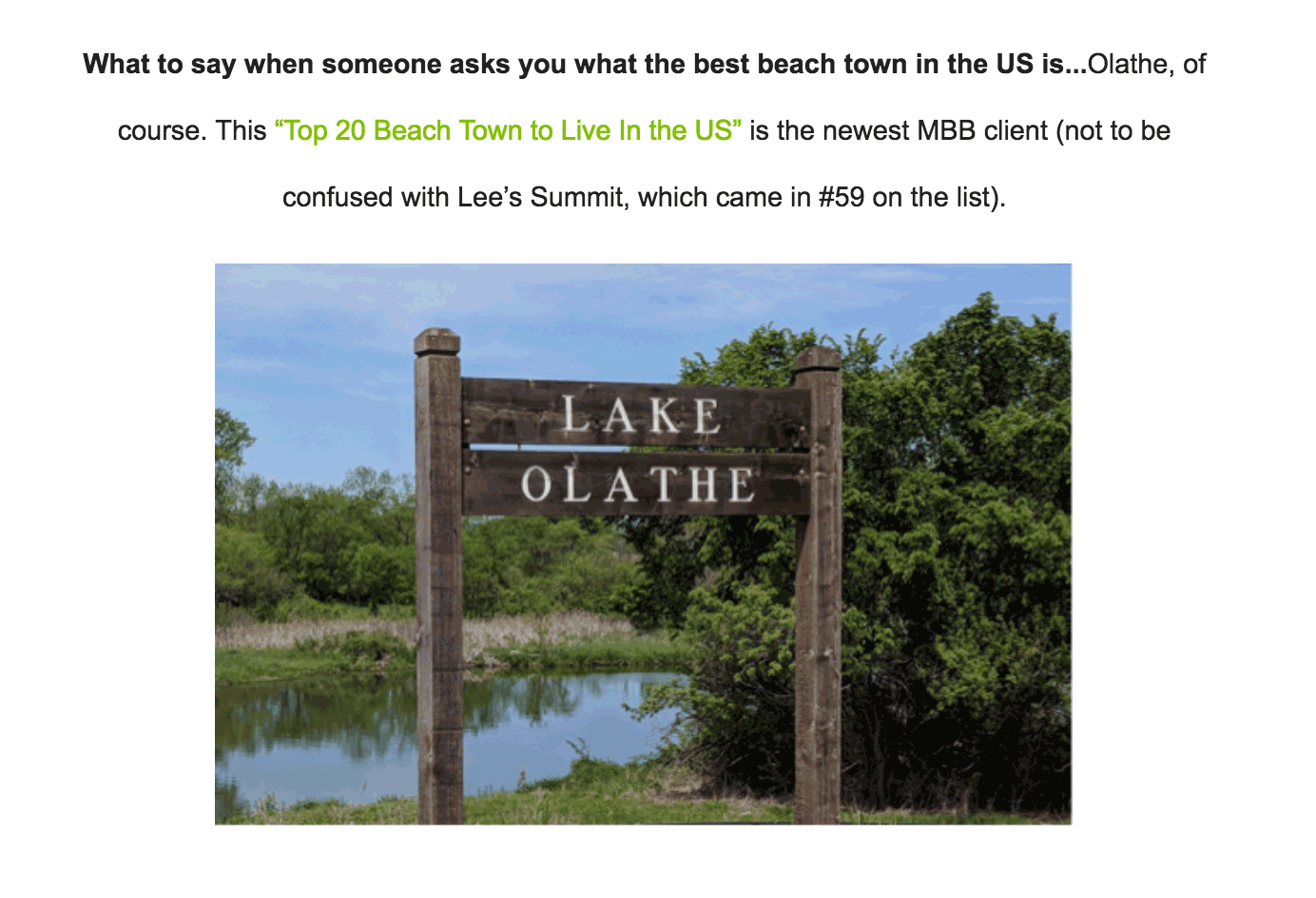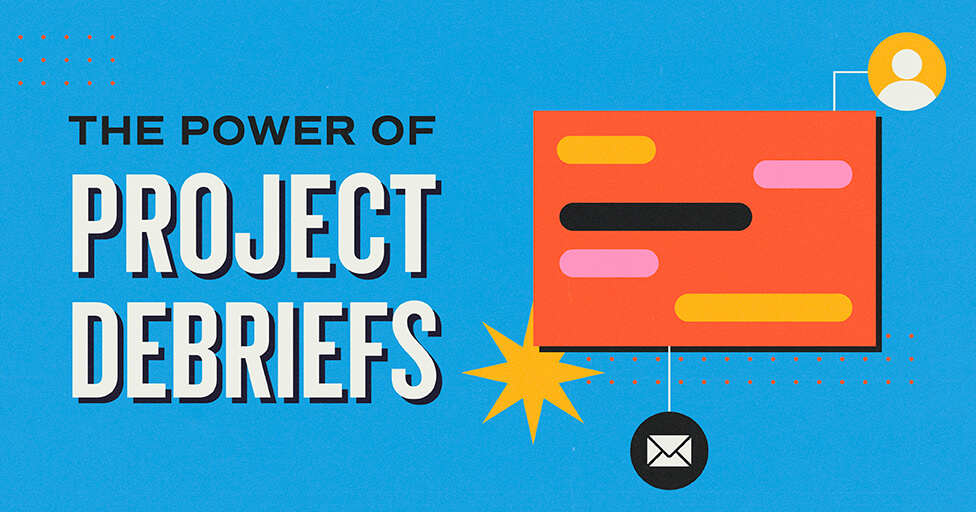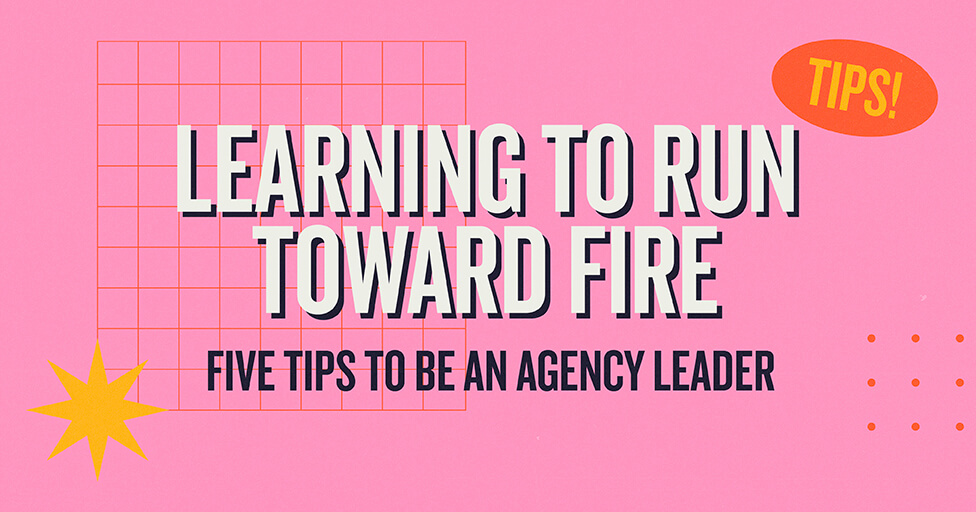
When our agency sought to improve our internal processes last year, one of the top needs on the list was better communication. For a small, close-knit advertising agency that prides ourselves on culture, you might not think communication would be a concern. However, the reality is, communication can always be improved. Regardless of whether a company consists of two people or two thousand people, making sure information is clearly communicated to the entire organization is crucial. And that is where a company newsletter comes in.
If you immediately rolled your eyes at the thought of a company newsletter, you’re not alone. You’re wrong, but you’re not alone. I’m kidding (sort of). Company newsletters don’t get a good rap. Internal newsletter, company email, organizational communications – whatever you call it, it is likely to make you cringe. And for good reason. Company newsletters may be written with the best of intentions but the execution can be flawed, causing it to be ineffective and, eventually, die.
But it doesn’t have to be this way. When written well, a company newsletter can increase employee morale and improve overall engagement with the organization. Providing employees with consistent and pertinent information will make them feel empowered, which can result in higher employee retention and increased employee pride.
When we started talking to our employees about internal communications, we found that people felt out of the loop about what was happening in the agency. We worked in the same office and on the same projects, but we missed the opportunity to share our achievements, to recognize our peers, and to remind ourselves that we are more than just co-workers. Rather, we’re one big, dysfunctional work family.
So, we launched a newsletter. And, to our surprise, people loved it. So, we kept doing it. What did we learn?
Make it relevant. Make it relatable. Make it readable.
Relevant
When writing a company newsletter, first and foremost, consider the content. It must pertain to what employees are working on day in and day out. Share work. Give recognition to co-workers. Provide updates on what people are doing in their free time. In our agency newsletter, we have a whole section called “What’s going around the office?” Sometimes it’s the smell from the fridge (and God bless whoever finally cleans it out). Sometimes it’s PTO requests…which is a great opportunity to make coworkers jealous of other people’s Spring Break plans.

Simply put, make it about the people. Give updates about the company and its people from the eyes and ears of the people. And be open to receiving content from the people. Our agency’s newsletter wouldn’t exist if it weren’t for the entire staff contributing tidbits each week. This allows leadership to provide necessary updates to the company but also lets coworkers share their shenanigans, such as these:

Don’t be afraid to ask for feedback. Once a year, we ask our employees what they want to read about and what they don’t give two, ya know, about. And then we change the content based on that feedback. What did we hear last year? Well, a lot of things. But the two pieces of feedback that we heard over and over again were:
- More gifs
- More dogs
So what did we do? We added more gifs of dogs. Really. We added a new section to the newsletter called “MBB Dog of the Week.” Each week we interviewed one employee and their dog and then shared it in the weekly newsletter, with a dog gif, of course.
Relatable
While content is crucial, how that content is conveyed is also very important. The voice and tone of the writing sets the stage for everything written in the newsletter. If the newsletter is written by a person in a leadership position who is not in touch with the daily activities around the office, the newsletter may not resonate.
So consider who is writing the newsletter. If it is being written for the people, consider having it come from, well, the people. Our agency newsletter is written by a group of incredibly talented, yet extremely humble writers…but we digress.
Make sure that the voice is consistent with that of the company. If the company’s personality is young and hip, do not let Jim Brown write the newsletter. Being an advertising agency, our company is a bit casual and sarcastic and our newsletter can be described the same.

Readable
Yes, content and voice are important when writing a newsletter. But what makes our agency’s newsletter work is the style in which it is written. That style can only be described as…sarcastic. I’m kidding, the style is skimmable. Yes, skimmable. Thanks to theSkimm, skimmable is now an adjective. Also, thanks to theSkimm for making this style of writing so popular (and Millennials for their short attention spans, which makes this style of writing so necessary). Lengthy paragraphs can quickly lose readers. Why spend hours writing content that readers are just going to skim, anyway?
Our agency newsletter is called theSkimmbb. Is this copyright infringement? We didn’t think so either. Imitation is the sincerest form of flattery, right? Right?

Our company’s newsletter is made up of short quips with links to work, articles, blog posts, or surveys, which allow the reader to dive deeper, but only if they want to. Almost all of them include pictures or videos that allow the reader to digest the information to the degree they desire, which is typically very quickly.

In summary: relevant, relatable, readable. The end.
Subscribe to our newsletter
Get our insights and perspectives delivered to your inbox.


